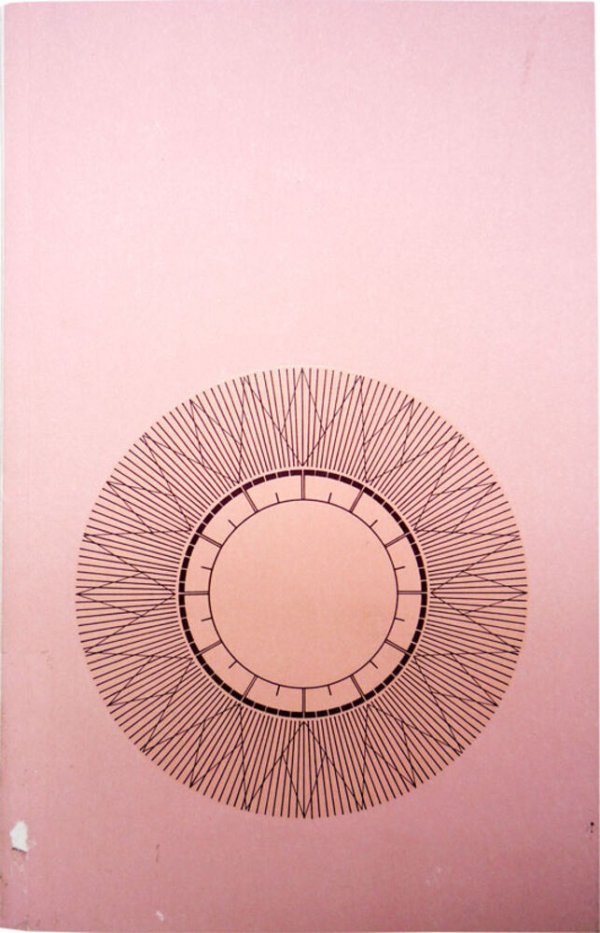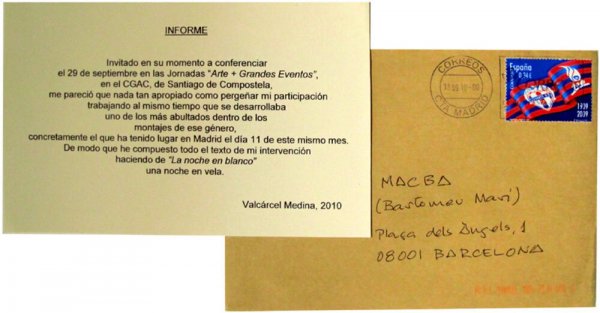Isidoro Valcárcel Medina
Born in Murcia, at the age of 19 Isidoro Valcárcel Medina moved to Madrid, where he studied Architecture and Fine Arts. Since the early 1960s, his experimental, transgressive and highly coherent art has positioned him as one of the key Spanish Conceptual artists. In 1968, during a stay in New York, he encountered Minimalism, which he fully incorporated into his work. Since then, he has created and developed situations, interventions, actions and projects that question the role and condition of the object and the art market. In the 1970s, he carried out often-large works in urban contexts, describing movements and spaces in the city, collecting data through surveys, public announcements, collective examinations, dictionaries, among other actions and resources. By the eighties, he embraced collective architecture, since when his work, close to philosophy, has evolved from objective proposals to full dematerialisation: in other words, prioritising attitude and gesture over the object. Among his many actions, as part of the exhibition MACBA Collection: Absorption and Theatricality, 2006, he painted for nine days, between 10 and 19 September, a white wall of the Museum using a number 8 watercolour brush.
He has exhibited in some of the leading spaces in Spain and has participated in exhibitions and collective events throughout Europe. Among his retrospectives, the most significant were those presented at the Fundació Antoni Tàpies, Barcelona; Sala de Verónicas, Múrcia; and Centro José Guerrero, Granada, 2002. Also of note is the documentary No escribiré arte con mayúscula, a compendium looking back over his career, made by the artist with Luis Deltell and Miguel Álvarez-Fernández and presented at the Festival Internacional de Cine Documental de Navarra Punto de Vista, 2015. His work is part of collections such as the Museo Nacional Centro de Arte Reina Sofía, Madrid; Centro Atlántico de Arte Moderno, Las Palmas de Gran Canaria; Centro de Arte Dos de Mayo, Móstoles, Madrid; Institut Valencià d’Art Modern; and MACBA, Barcelona.










![[Algunas maneras de hacer esto / Isidoro Valcárcel Medina]](https://img.macba.cat/public/styles/large/public/imagenes/archivo/documento_archivo_A02889.jpg?itok=yHtNOozH×tamp=1589220169)

![[Algunas maneras de hacer esto / Isidoro Valcárcel Medina]](https://img.macba.cat/public/styles/large/public/imagenes/archivo/documento_archivo_A02890.jpg?itok=o8dE7-ch×tamp=1589220170)
